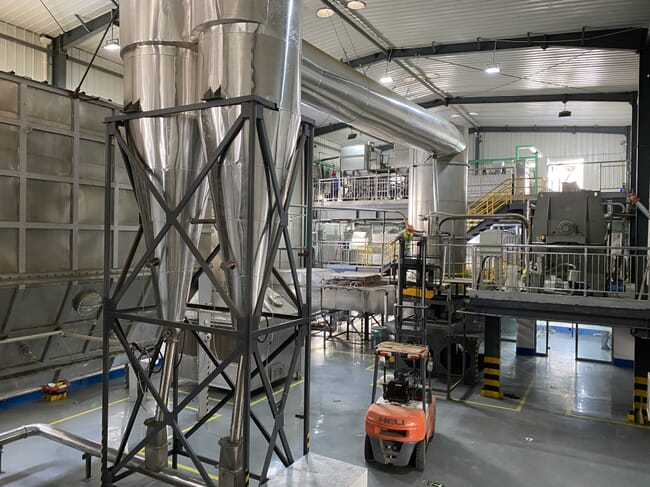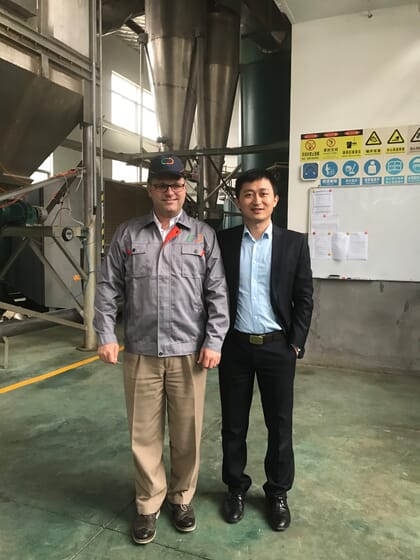So argues iCell Aqua CEO, Mark Rottmann. During his presentation on scale and sustainability in aquaculture at the recent Animal AgTech Innovation Summit, he reflected that pooling investor resources into super-sized RAS farms isn’t the best way to scale production while meeting sustainability targets.

Rottmann explained that 100,000 tonne salmon facilities might get plenty of press coverage and generate industry buzz, but this leaves the fish (and investor profits) vulnerable to upsets during the production cycle. Issues with water infrastructure, electrical outages and insufficient filtration have knocked many RAS ventures off course. Recurring stories about fires, human error and substantial fish losses might undermine public confidence in recirculating aquaculture. This makes it difficult for recirculation ventures to increase production and achieve economies of scale.
“When you look at other types of farming in the world, do we literally put all of our animals in one place?” he asked. The answer tends to be “no”. Instead, Rottmann said that RAS investors and producers should consider distributing their facilities across multiple locations. This will substantially reduce production risks and ensure that faults in one facility don’t jeopardise the entire farm cycle. “There’s an element of safety to the business and to the environment when you approach it that way,” Rottmann said.

Rottmann told delegates that the most pressing considerations for RAS relates to water inputs and how to effectively manage them. Engineers and investors must design recirculation facilities with plenty of excess filtration capacity and redundant water sources – inadequate water supplies and insufficient filtration systems have scuppered many RAS ventures. Developing profitable markets can only occur if a business consistently produces high-quality fish. “You can only succeed with clean water,” Rottmann noted.
Because recirculation sites are infrastructure-intensive, it makes more sense to build multiple and comparatively small 5,000 tonne RAS facilities instead of large 50,000 tonne-plus farms. The smaller ventures would be easier to manage than their super-sized counterparts, according to the CEO.
Rottmann also argued that it’s possible to make smaller sites more sustainable or even fully “circular” by adopting a wastewater recycling model like iCell Aqua. This approach integrates food processing wastewater with a recirculation farm. The processing wastewater is used to create a single-cell protein that can then be used as a feed ingredient for the fish – this creates a completely circular food production system.
Rottmann believes that recirculation facilities can be integrated with existing food processing infrastructure. Upgrading these facilities might be more sustainable – and less risky – than breaking ground on large RAS farms.
The Animal AgTech Innovation Summit was held between 19 and 20 October.




